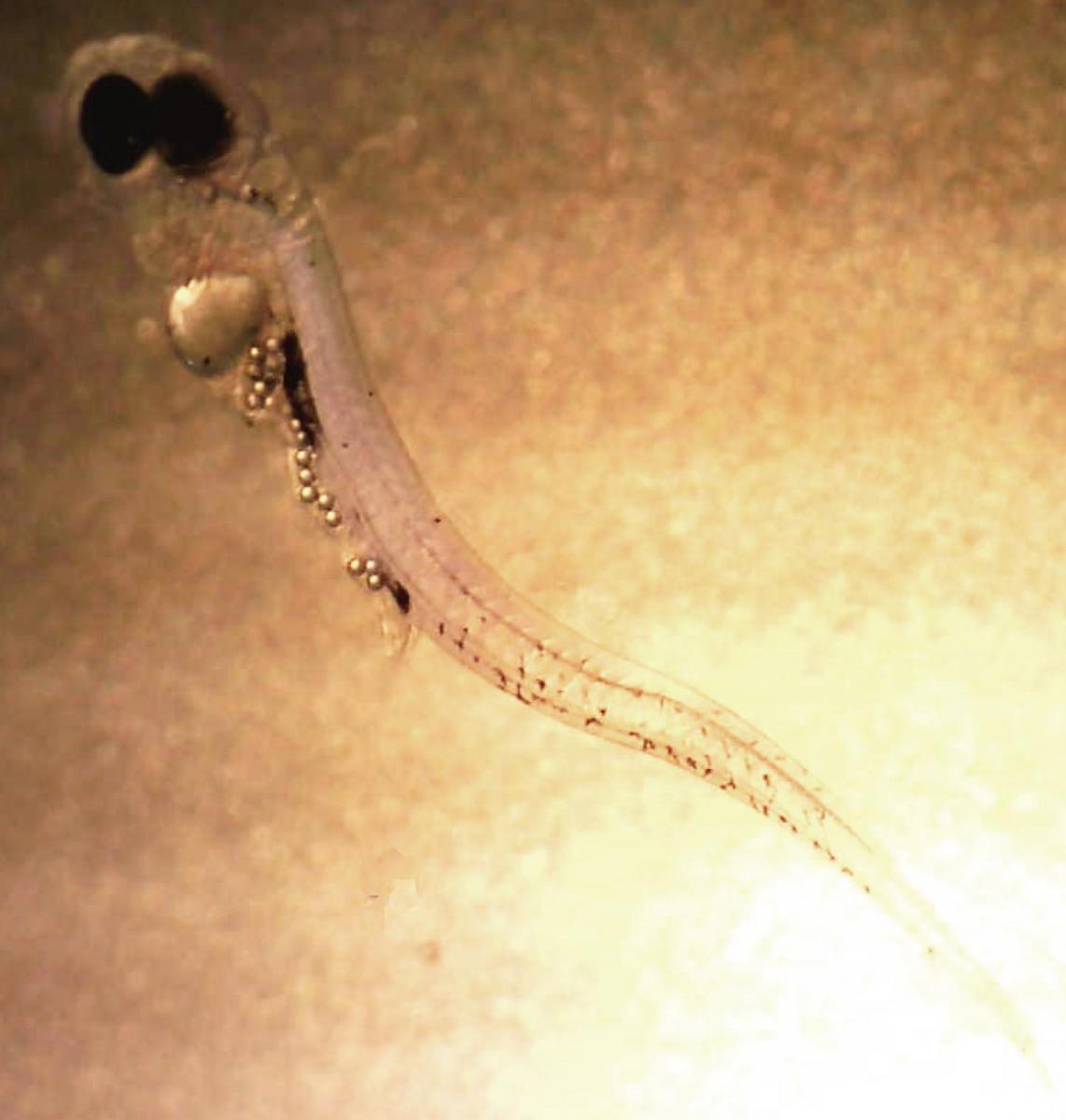For the first time, it has been shown that perch fish prefer to eat microplastic  particles rather than their natural food source of zooplankton.
particles rather than their natural food source of zooplankton.
Researchers from Uppsala University have found that the microplastics release a chemical or visual cue that triggers a fish to eat them.
But the impacts go beyond fish preferring these plastic microbeads, including, reduced hatching, altered behaviours and higher rates of predation.
"What we found was quite scary..., we found that they did not respond to predators, and as a consequence of this, they were eaten much quicker (sic)"Dr. Oona Lönnstedt told the Naked Scientists.
The team speculated two possible reasons for this. Either the fish ignored predators because the microbeads contained toxic chemicals that affect their nervous systems, or because the fish eating microplastics were starved and had no energy to flee from predators.
After research showing that eight trillion microbeads pollute US waterways each day, the US banned microparticle beads from personal care products, such as cleansers and exfoliators, earlier this year. However, Europe has yet to follow suit.
Microplastic particles originate from microbeads used in personal care products, but they can also be fragmented pieces from larger plastic waste. These tiny particles do not biodegrade and are nearly impossible to remove through our current wastewater treatment systems because they're so small. As a result, these microparticles are released into our waterways and accumulate in shallow coastal areas.
Using typical microplastic concentrations found in Swedish coastal regions, Dr. Lönnstedt monitored perch fish during various stages of development.
It was clear that hatching rates of fish in microparticle polluted waters were much lower, but the fish's microbead feeding frenzy, after birth, occurred regardless of hatching environment.
And under a microscope, the team was actually able to see that the larval perch had stomachs full of microplastic particles.
Similar results were found for juvenile fish, except older fish purposely sought out larger microbeads to eat.
The next step for Dr. Lönnstedt's team is to determining the chemical compounds responsible for the fish's odd behaviour in order to develop more environmentally friendly plastic production. However, they strongly urge countries to ban the use of microbeads in personal care products and a switch to biodegradable plastics.










Comments
Add a comment